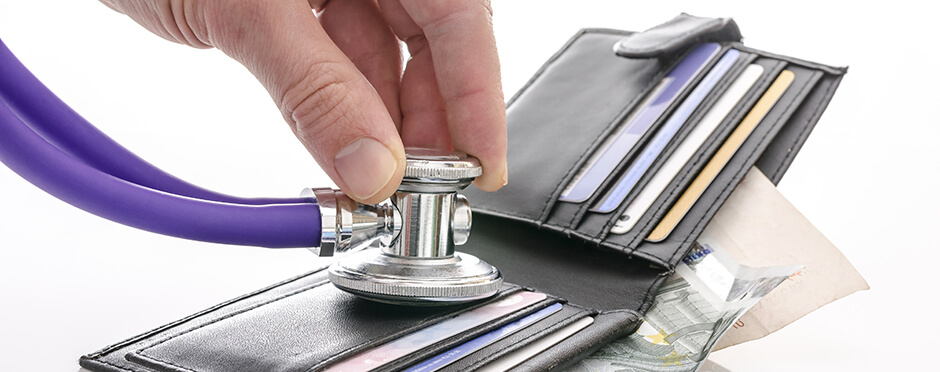
Personal growth November 8, 2016 By
Have you ever noticed how many items, tasks, or people are vying for your attention every day? At work, it could be your customers, employees, a ringing phone, or non-stop emails. At home, it could be your family members, cell phone, computer, or television. The many different things that grab and hold on to your attention can reflect your conscious decisions about which activities will occupy your time.
Our partners at Stagen have introduced the Attention Zones Model to visually represent the four main ways that we spend our time and attention.
- Reactive Zone – Urgent demands, crisis, stress, things that come to you quickly - important or urgent
- Proactive Zone – Thinking & planning, preparation, maintenance - important but not urgent
- Distraction Zone – Unnecessary, interruptions, distracting calls and/or emails - may seem urgent but they are not important
- Waste Zone – Inefficiencies, trivial activities, entertainment - neither urgent nor important
To avoid being stuck in any of these four zones, increase awareness of what zone you are in, avoid distractions and minimize waste by setting boundaries, and invest the time you’ve saved into being more proactive.
Here are some tips to help you manage your time and attention:
- Turn off any automatic notifications. Most of our mobile phones and computers will send alerts when we have new emails or social media notifications. Turning these off will decrease the amount of distractions you have throughout the day.
- Stop multi-tasking and concentrate on one thing at a time. The University of Michigan and US Navy study empirically tested how well Multi-Tasking works with familiar to unfamiliar, simple to complex tasks. They determined that there are “time costs” associated with task switching such as a 20-40% lost of productivity.
- Create a “time budget.” If you keep a mobile phone calendar or a planner, use time blocks to set aside time for important activities. Schedule and keep these appointments with yourself and others.
- Lose the electronic leash. Set appropriate boundaries and priorities when it comes to your electronic devices. If you aren’t worrying about phone calls, emails, etc. you will be able to get more done and spend quality time with those around you.
If you can reduce the amount of time you spend in the Reactive, Distraction, and Waste Zones, your attention in the Proactive Zone will begin to increase. When you are able to focus our attention on what is most important, you will become more effective, less stressed, and seem to have more time.




